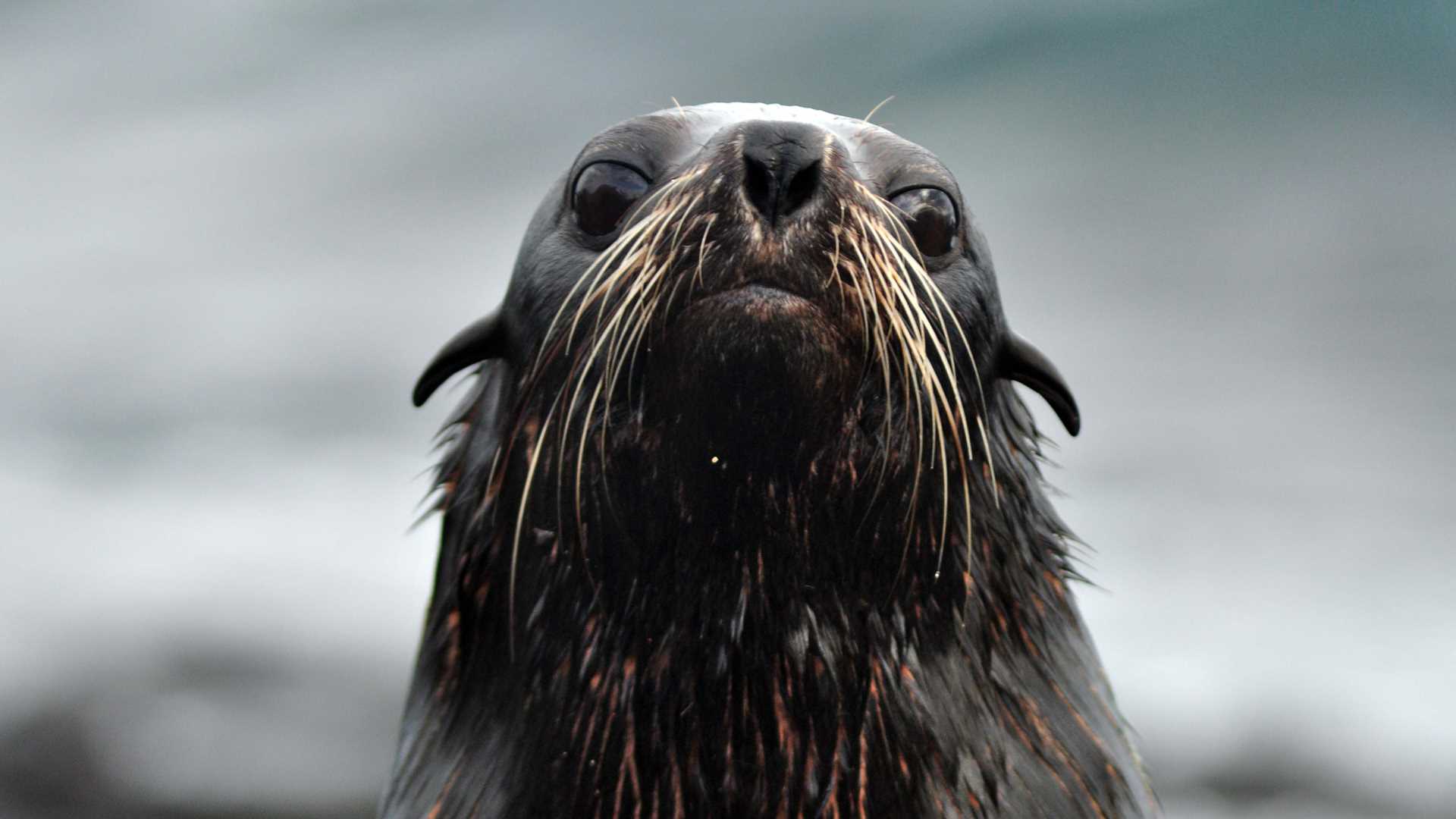Santiago or James Island, was well known by ancient buccaneers and pirates, as it was used it as a hideout during the attack by the Spanish Galleons more than three hundred years ago. One of the most famous sites was baptized in their honor as Buccaneer’s Cove. Some years later, Charles Darwin set foot on this island in 1835 and was able to see an incredible diversity of life that was to influence his writings later on; finally, during 1960s, the Egas Brothers from Guayaquil City used the island to mine salt from an extinct crater, sending it to the mainland. Nowadays, Santiago is an important symbol in Galapagos, not only for its historic significance but also for its conservation status.
After visiting the west of the archipelago, last night we came back to the central region to visit Santiago Island. Early in the morning we landed at Espumilla Beach and encountered one of the largest nesting areas for the east Pacific green sea turtle. A wall of old growth mangroves hid our trail as we headed inland. Walking inland, we gained some altitude from the coast, observing giant Palo Santo trees and a beautiful lagoon laid down just behind the black beach at the foot of the hill. We took a moment to admire the scene, observing some white-cheeked pintails and mockingbirds fluttering among the branches.
After breakfast, the National Geographic Endeavour was repositioned to Buccaneer’s Cove; here kayakers took the chance to admire gigantic cliffs that show the violent volcanic past that formed these islands, while sea turtles and sea lions in the ocean delighted of our guests. Afterwards, we headed out to explore the undersea world and white-tipped reef sharks, rays, and schools of surgeonfish do not disappoint as we enter their realm. The coast is a mix of volcanic contrasts as we searched from the Zodiacs and found Nazca boobies, brown noddies, and pelicans feeding in the crystalline waters.
The afternoon brought us to Puerto Egas or James Bay, which had a small human population up until the 1960s operating a salt mine; nowadays, some remains of that last attempt to colonize the island are still visible, such as an abandoned house and some rusty tanks used to store fresh water. Our exploration began along the coast where we walked upon a substrate of lava flows, compacted ash, and sand. Lava tubes that formed, emptying out into the ocean, have caused part of the rooftops to collapse, leaving bridges for us to walk upon. Yellow crown night herons were spotted roosting on small ledges, with Galapagos fur seals were resting nearby. The intertidal zone was in constant movement, with American oystercatchers picking in the tidal pools looking for sea urchins and crustaceans. Yellow warblers were flitting back and forth, catching small insects, and marine iguanas huddled together, trying to retain heat until the morning light. The sun dipped over Isabela Island in the distance while a soft breeze cooled the island; we stopped to observe the magical sunset, remembering how beautiful this day was, in the middle of this real paradise.







